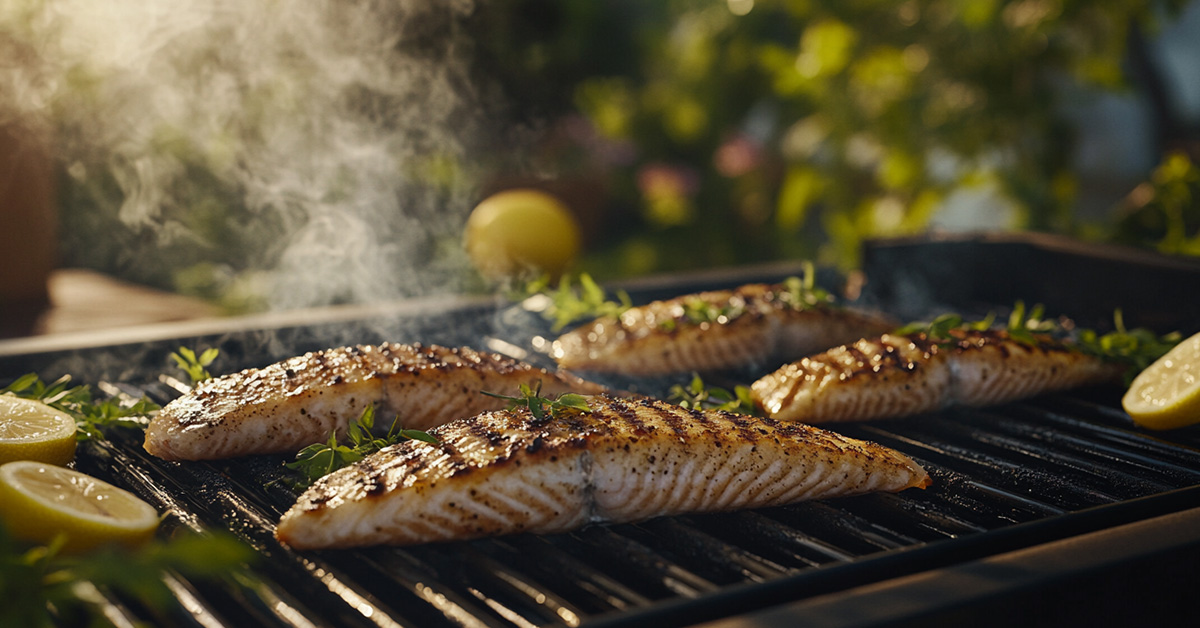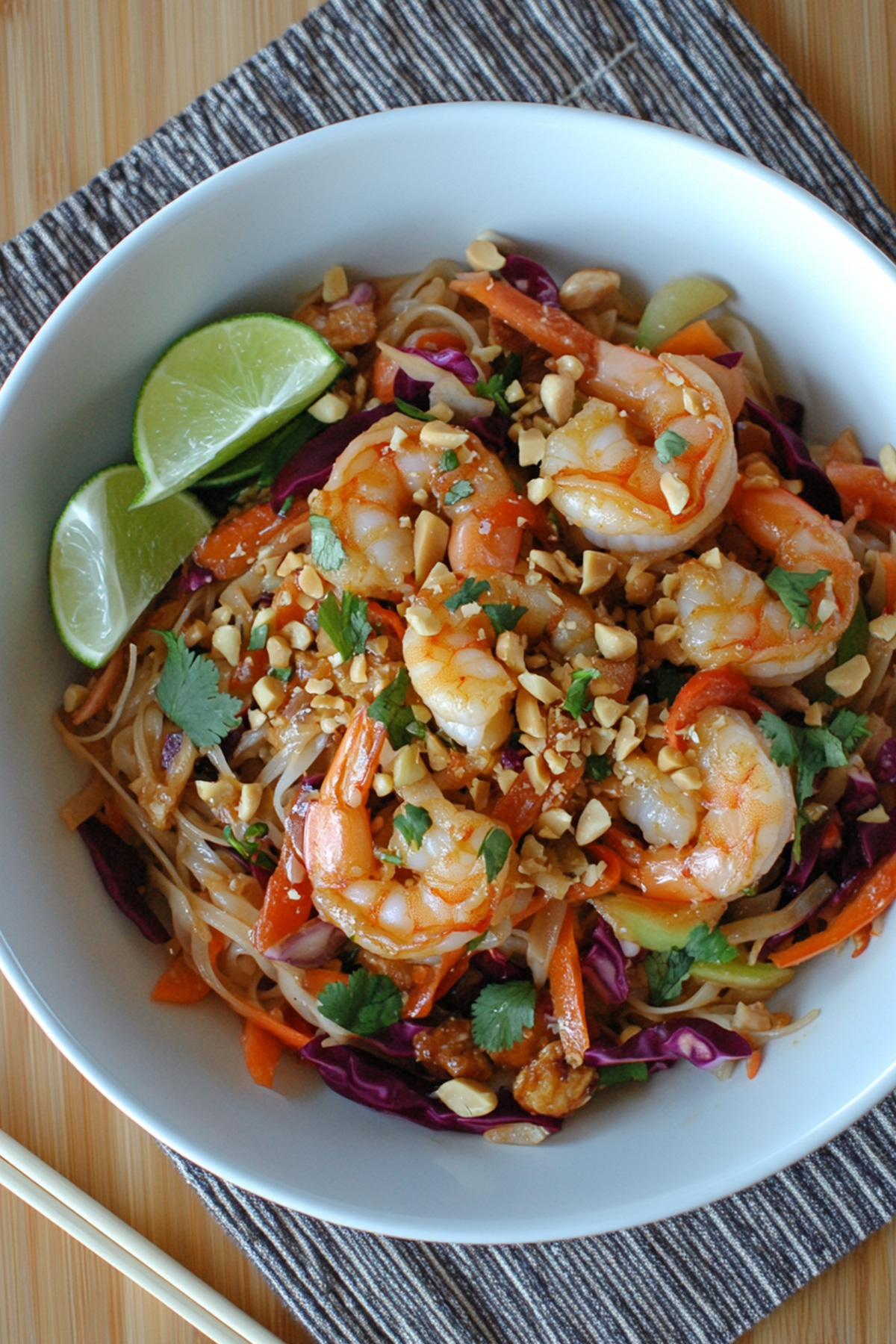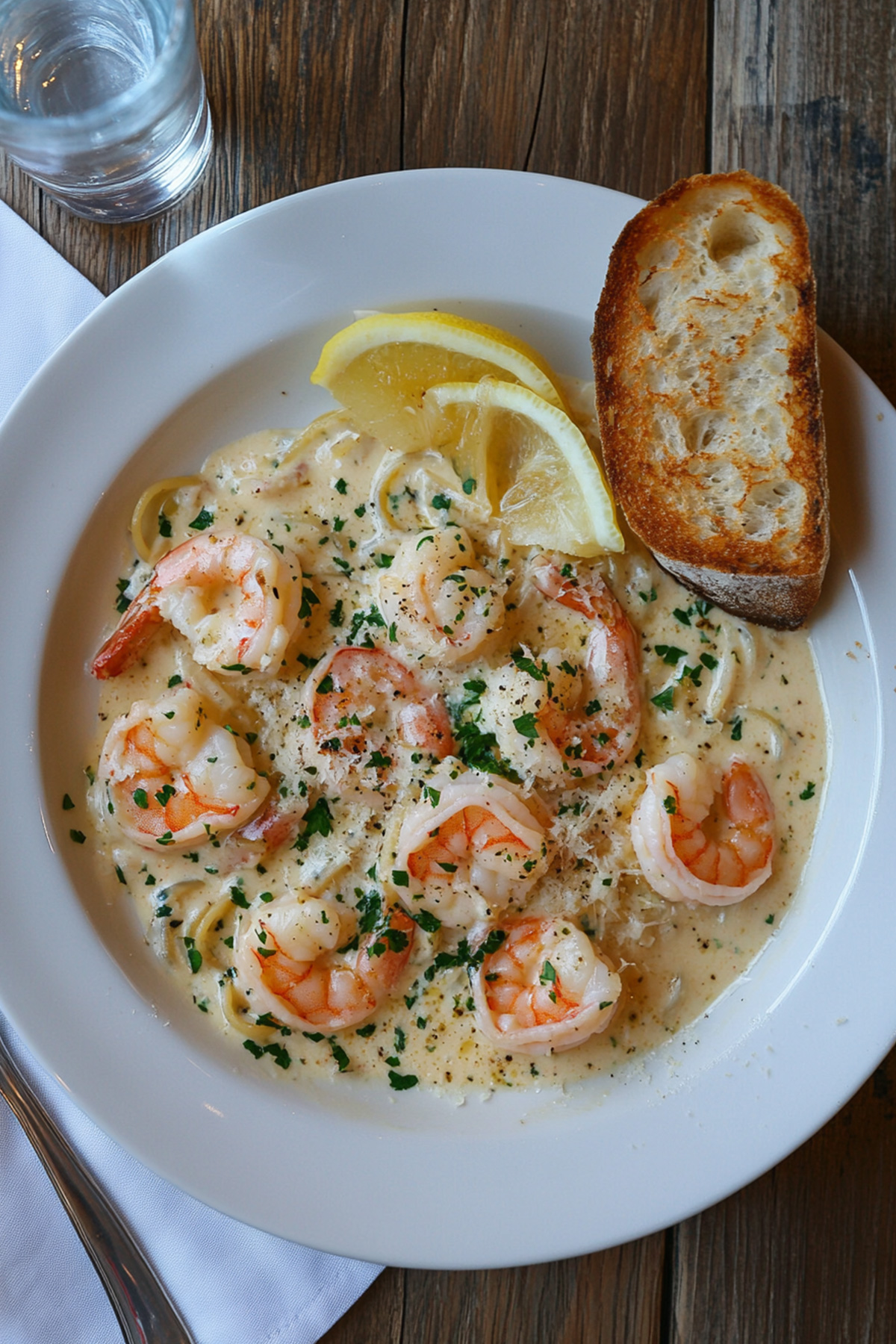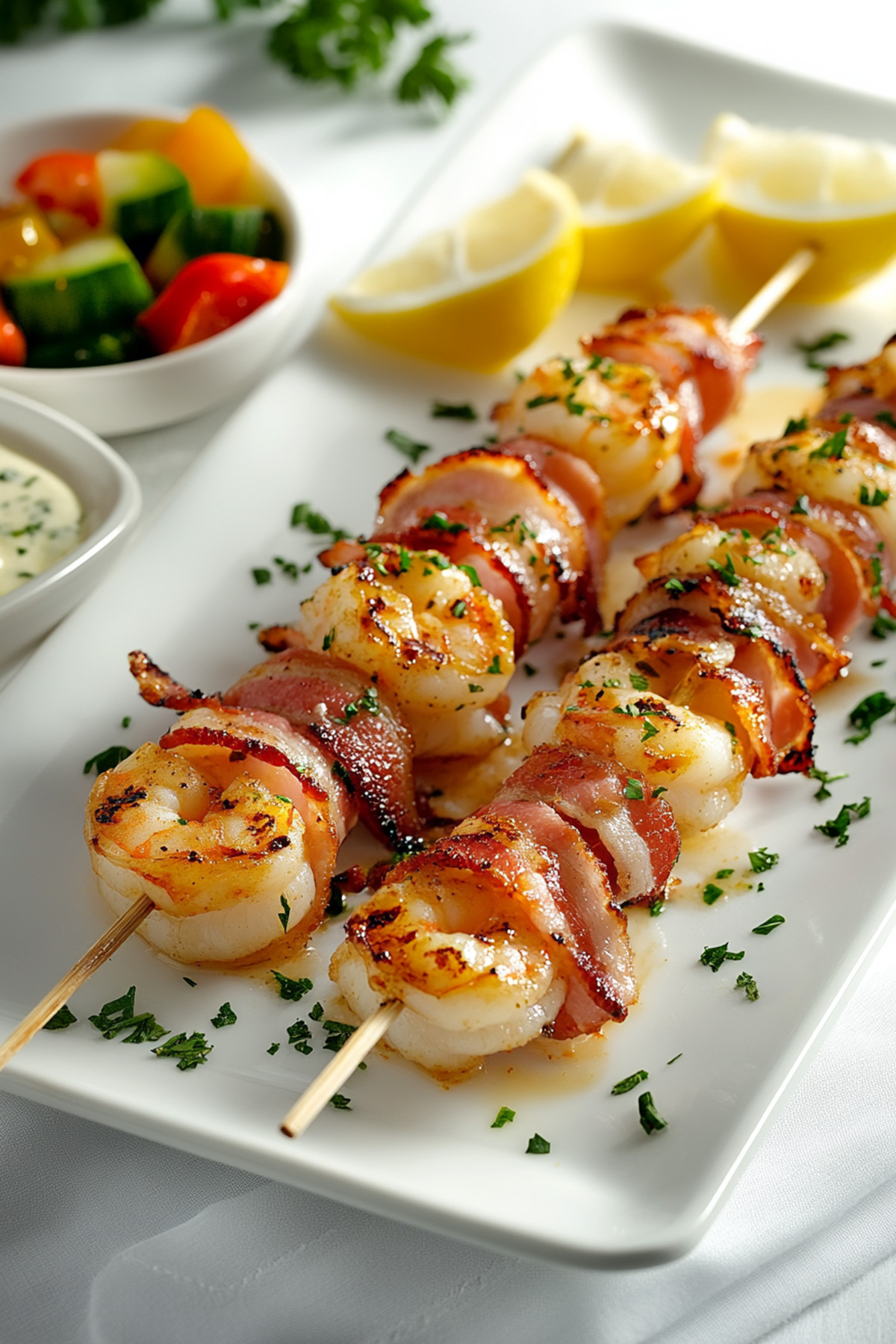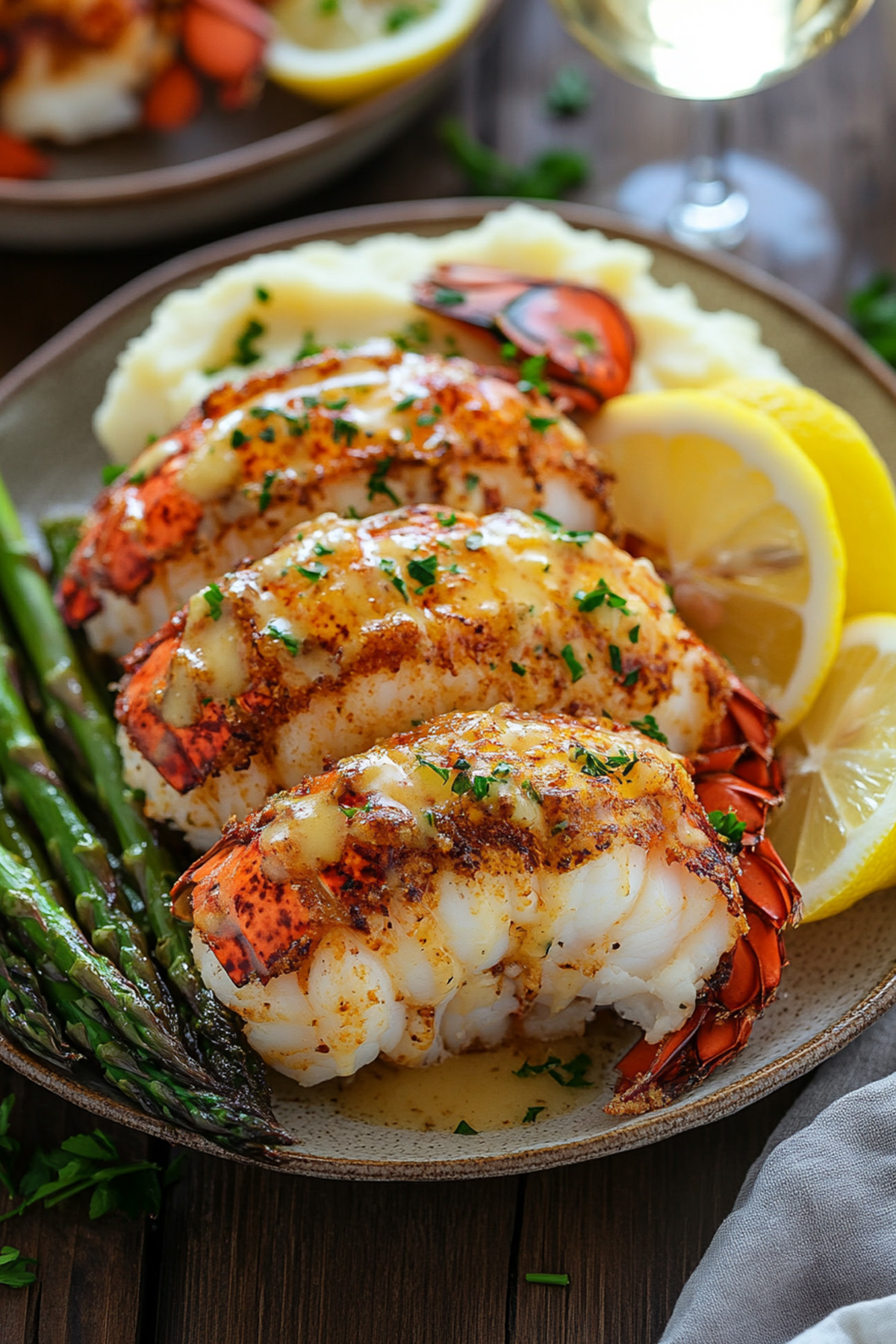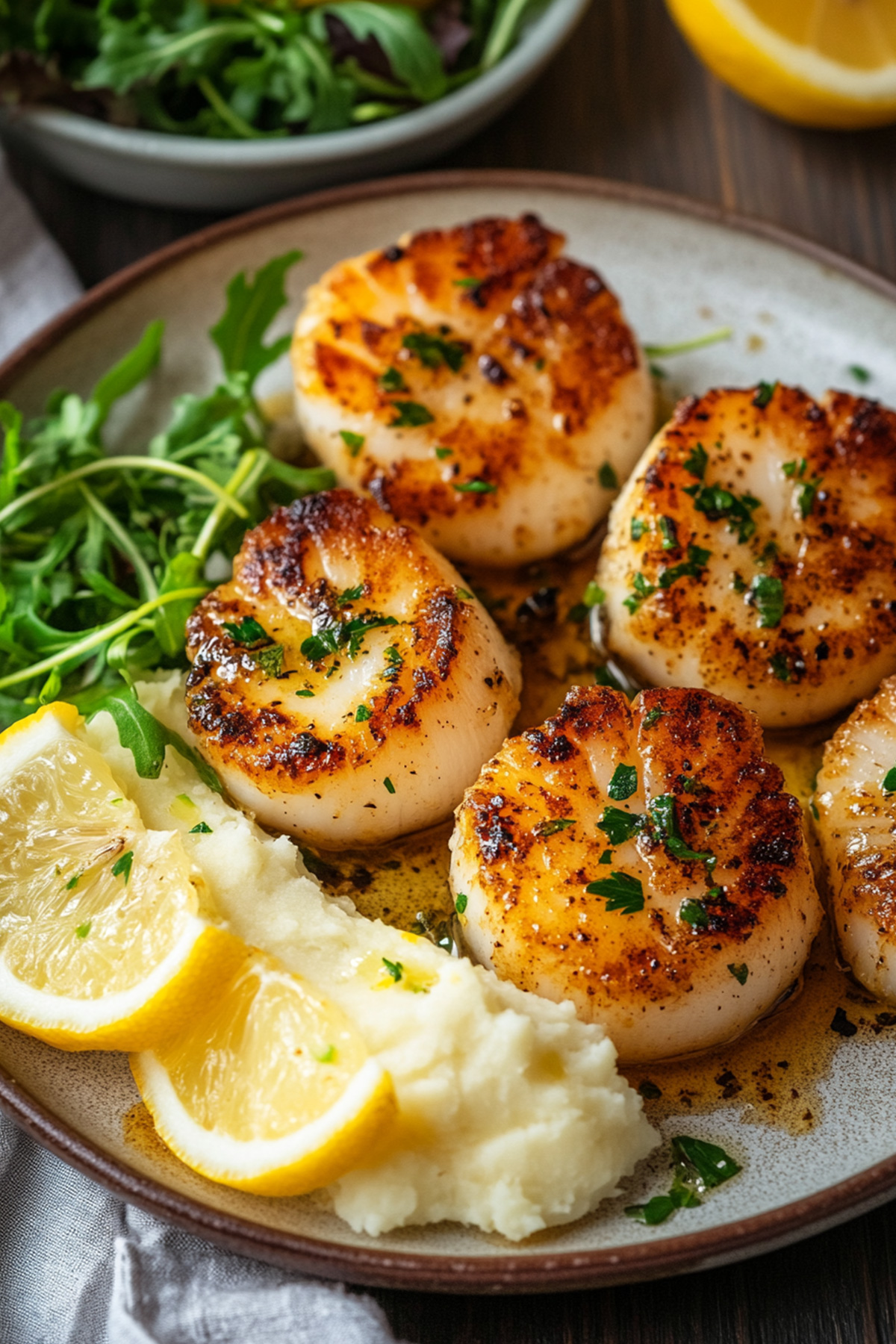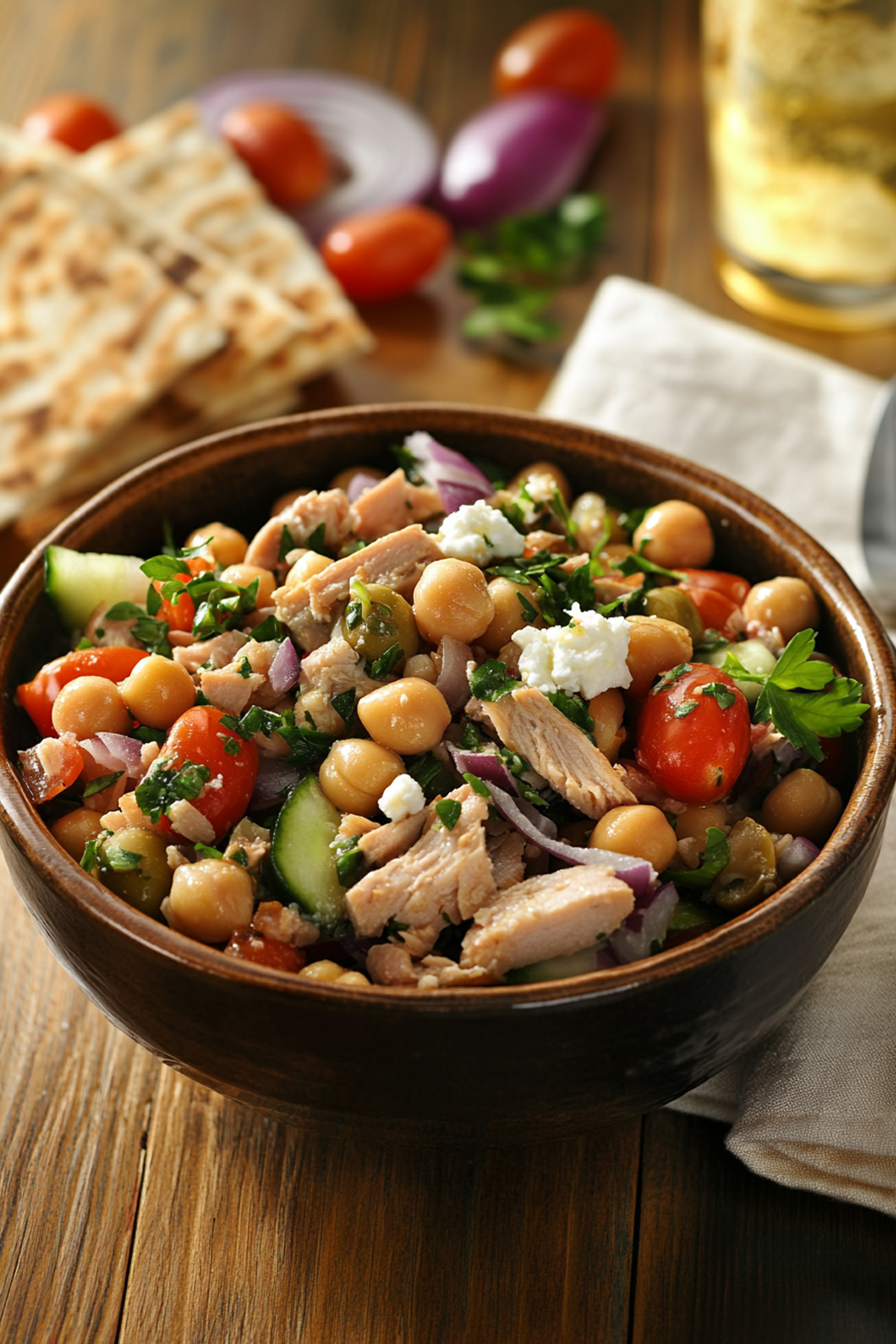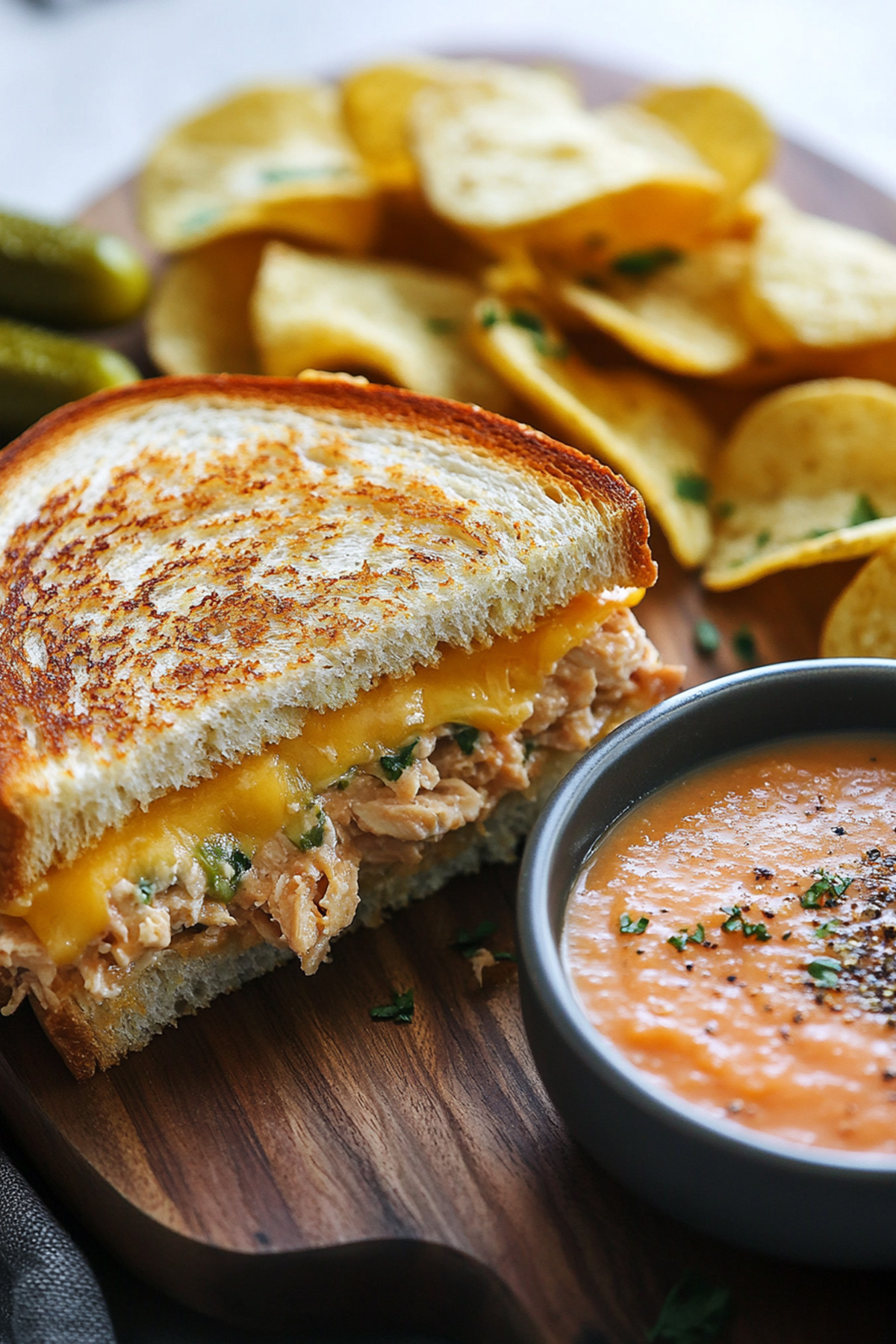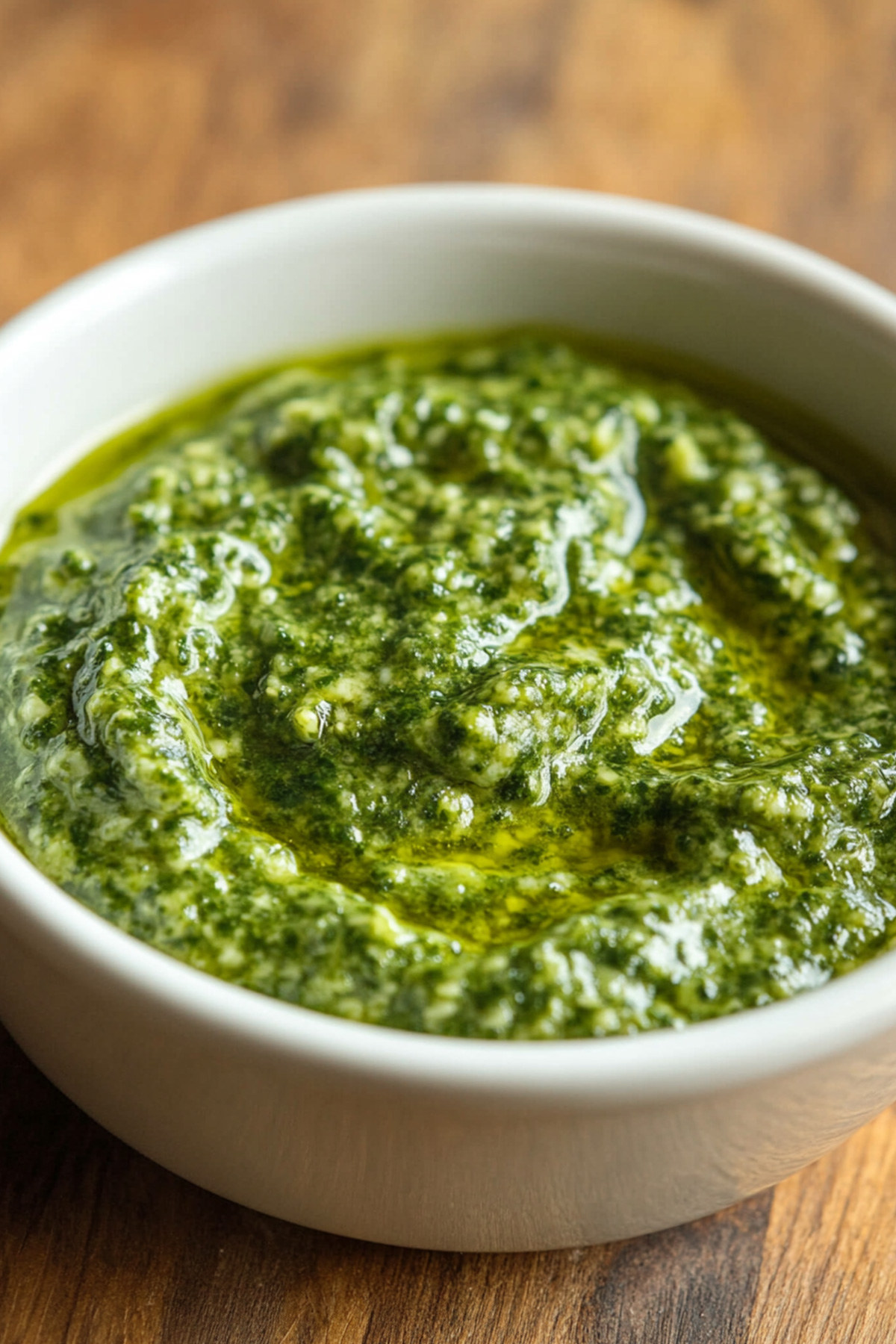Disclosure: As an Amazon Associate and participant in other affiliate programs, we earn from qualifying purchases. We only recommend products we believe will provide value to our readers.
Grilling fish on a Traeger grill can transform your outdoor cooking experience. Imagine the rich, smoky aroma wafting through the air as perfectly cooked fillets sizzle over wood pellets. This isn’t just cooking; it’s an art form that elevates your seafood game to new heights. With its precise temperature control and unique wood flavor infusion, a Traeger grill sets the stage for delicious, moist fish that will leave everyone at the table eager for seconds.
But you might be wondering, how do you achieve that flaky perfection? Don’t worry! We’ll guide you step by step, sharing tips and timing that will take your grilling skills from good to great. Whether you’re a seasoned outdoor chef or just getting started, this article will provide invaluable insights into choosing the right fish, preparing it like a pro, and ensuring it cooks evenly and thoroughly. So fire up your Traeger—let’s dive into the delicious world of grilling fish!
Table of Contents
Introduction
Cooking fish on a Traeger grill brings an entirely new dimension to outdoor dining. The combination of wood pellet technology and precise temperature control results in fish that is not only packed with flavor but also perfectly cooked every time. Whether you’re a seasoned chef or just starting out, grilling fish on a Traeger allows you to infuse it with subtle smoky notes that enhance the natural taste of the seafood. Imagine biting into a flaky salmon fillet, kissed by hickory or cherry wood smoke—it’s an experience that elevates your culinary game.
One of the standout features of using a Traeger grill is its consistency in delivering even heat throughout the cooking process. Unlike traditional gas grills, where hot spots can lead to uneven cooking, Traeger’s convection-style grilling ensures that every inch of your fish receives the same loving treatment. This means no more worry about undercooked areas or overly charred edges. Instead, you can focus on savoring the dishes you create for family and friends, feeling confident that each bite will be as delightful as the last.
Additionally, grilling fish provides unparalleled versatility when it comes to flavoring. With options for marinades, rubs, and even stuffing fillets with fresh herbs and spices, you can customize your dish to your heart’s content. Whether you prefer zesty lemon dill for trout or rich garlic butter for tuna steaks, there’s always a way to complement and enhance the natural richness of the fish you’re cooking. Plus, grilling allows for easy clean-up—just throw down some aluminum foil or use a grilling basket—and you’ll have more time to enjoy good company instead of scrubbing pots and pans.
In this article, we’ll explore everything from selecting the right type of fish to setting up your Traeger properly so that you can create delicious meals with ease. By mastering these techniques—and perhaps experimenting with different flavors along the way—you’ll quickly impress everyone at your next backyard barbecue and develop confidence in cooking one of nature’s finest offerings: fresh fish!
Why Use a Traeger Grill for Fish?
Cooking fish on a Traeger grill elevates your culinary experience by harnessing the natural smoky flavors of wood pellets. Unlike traditional gas or charcoal grills, wood pellet grilling infuses your fish with rich, layered flavors as the smoke circulates around it. This process not only enhances taste but also ensures an even cook, which is crucial for delicate proteins like fish that can dry out quickly when exposed to heat fluctuations. Imagine biting into perfectly grilled salmon that’s imbued with the subtle sweetness of applewood—it’s an absolute game changer.
One of the biggest advantages of using a Traeger grill is its versatility regarding different types of fish. From robust salmon to tender tilapia and flaky trout, each variety shines when grilled over wood pellets. The consistent temperature control offered by Traeger grills allows you to adjust based on the specific needs of your catch—whether you’re searing a thick halibut steak or gently cooking thin sole fillets. Moreover, if you’re feeling adventurous, you can experiment with various smoking techniques and flavor profiles by choosing different wood pellets, like cherry for a sweeter note or mesquite for something bolder.
Another highlight is the ease it brings to outdoor cooking lovers and home chefs alike. The set-it-and-forget-it nature of Traeger grills means once you’ve seasoned your fish and preheated your grill, you can focus on perfecting side dishes or enjoying time with family and friends without worrying about constantly flipping or monitoring the flame intensity of a conventional grill. Altogether, these factors make cooking fish on a Traeger equipment both enjoyable and rewarding, ensuring that each meal leaves diners eager for more.
In essence, using a Traeger grill transforms humble fish into gourmet fare while making your grilling experience nothing short of delightful. Whether you’re hosting an intimate dinner party or simply enjoying a cozy weeknight meal at home, you’ll be amazed at how easily you can turn fresh seafood into an unforgettable dish bursting with flavor and texture.
Choosing the Right Type of Fish
When it comes to grilling fish on a Traeger, selecting the right type is crucial for achieving that perfectly cooked filet bursting with flavor. Some of the best options include salmon, tilapia, and trout, but don’t hesitate to explore other varieties like halibut or mahi-mahi. Salmon’s rich, fatty content makes it incredibly tolerant of heat and ideal for absorbing smoky flavors from the wood pellets. On the other hand, tilapia offers a mild taste that allows you to get creative with marinades and seasonings—perfect for those looking to experiment. Trout, known for its delicate texture, grills beautifully when cooked carefully; wrapping it in foil can help retain moisture while adding a hint of smokiness.
Selecting fresh fish is another essential step in this culinary journey. Look for seafood that has clear eyes, bright red gills, and a clean ocean smell—this usually indicates quality freshness. Trust your senses! If you’re purchasing pre-packaged fish, check for vacuum-sealed packaging without any signs of ice crystals or freezer burn. Freshness directly impacts texture and flavor during grilling; therefore, choose what’s at its peak in your local market or fishmonger. Don’t forget that different types of fish also come with varying cooking times based on their thickness and fat content—something you’ll want to keep in mind as you gather your ingredients.
A good rule of thumb when determining cooking times is “10 minutes per inch.” For example, if you have a 1-inch thick salmon filet, aim for about 12–15 minutes on your Traeger grill at around 375°F. If you’re grilling white fish like tilapia or cod, they typically cook a bit faster than salmon due to their lower fat content—expect closer to 8–10 minutes per inch. Always refer back to this guideline as you prep; familiarity will help build greater confidence in your grilling skills over time.
Ultimately, don’t be afraid to branch out from these popular choices! Experimenting with lesser-known fish can yield delightful surprises; just keep an eye on their respective cooking times and textures. Whether leaning into classics like salmon or diversifying with different types of seafood altogether, choosing the right fish sets the stage for an unforgettable meal straight off the Traeger grill!

Fish on a Traeger Grill
- Total Time: 20 minutes
Description
Grilling fish on a Traeger grill is a delightful way to enjoy fresh flavors while ensuring perfectly cooked, flaky fillets. This simple recipe showcases how easy it is to achieve delicious results using just a few ingredients and the right technique.
Ingredients
- 2 fish fillets (such as salmon, trout, or sea bass).
- Olive oil.
- Salt and pepper.
- Lemon wedges (for garnish).
- Fresh herbs (like dill or parsley, optional).
Instructions
1. Preheat the Grill
Set your Traeger grill to 375°F and allow it to preheat for about 15 minutes. This step ensures that your fish cooks evenly and develops a nice sear.
2. Prepare the Fish
Pat the fillets dry with paper towels to remove excess moisture. Brush both sides with olive oil and season generously with salt and pepper. This preparation enhances flavor and prevents sticking.
3. Place on Grill
Once preheated, place the fish directly on the grill grates skin-side down. This position helps keep the fillet moist while allowing the skin to crisp up beautifully.
4. Cook Time
Close the lid and cook for 10-15 minutes, depending on thickness. Aim for an internal temperature of 145°F for perfectly cooked fish.
5. Check Doneness
The fish should flake easily with a fork when done. If it resists flaking, give it a couple more minutes on the grill.
6. Serve
Carefully remove from the grill, garnish with lemon wedges and fresh herbs if desired, then serve immediately. The brightness of lemon complements grilled fish wonderfully!
- Prep Time: 5 minutes
- Cook Time: 15 minutes
- Category: Seafood
- Method: Grilling
Preparing Your Fish for Grilling
Before you even fire up your Traeger grill, take a moment to consider how you’ll prepare your fish. Marinating or seasoning is essential not just for enhancing flavor but also for tenderizing the fish and adding moisture during the cooking process. Denser fish like salmon might benefit from a longer marinade, while lighter options like tilapia can shine with just a hint of seasoning. The right preparation sets the foundation for that perfectly cooked piece of seafood you’ll serve at your next gathering.
For marinating, you can create a straightforward mixture using olive oil, lemon juice, minced garlic, and herbs like dill or parsley. For instance, marinating salmon in this blend for about 30 minutes can infuse it with zest while maintaining its flaky texture when grilled. Alternatively, if you’re looking for something with a bit more punch, try a soy sauce-based marinade with ginger and brown sugar—this pairs beautifully with robust white fish like sea bass or snapper.
When it comes to dry rubs, simplicity often reaps the greatest rewards. A mix of smoked paprika, salt, pepper, and a touch of cayenne can add layers of flavor without overwhelming the natural taste of the fish. For those aiming to channel some Mediterranean vibes into their dish, consider making a spice blend featuring oregano, thyme, and cumin. Rub this mix onto trout fillets before grilling; it will complement their rich taste perfectly while forming an appetizing crust as they cook on the Traeger.
Ultimately, how you choose to prepare your fish for grilling should reflect both your personal preferences and the characteristics of the species you’ve selected. Remember that experimenting is key—don’t hesitate to try new marinades or blends until you find that ideal combination! With proper preparation under your belt, you’re setting yourself up for success on your outdoor cooking adventure.
Setting Up Your Traeger Grill
Preparing your Traeger grill for fish starts the moment you fire it up. Preheating is crucial because it ensures that your grill reaches the optimal cooking temperature, allowing your fish to cook evenly while infusing those delicious wood flavors. Begin by setting the temperature to around 375°F for most types of fish. Once you’ve set the desired temperature, close the lid and allow your grill to preheat for about 10-15 minutes. This step helps create a perfect environment for grilling, sealing in moisture and enhancing flavor.
Choosing the right wood pellets can take your grilled fish to another level. Different types of wood impart distinct flavors; for instance, alder pellets are wonderful for enhancing delicate fish like salmon and trout with a mild, slightly sweet essence. On the other hand, if you’re looking for something bolder, hickory offers a more intense smokiness that works well with heartier varieties such as swordfish or mahi-mahi. Make sure to select high-quality food-grade pellets that contain no additives or fillers, ensuring every bite is pure bliss.
As you prepare your Traeger grill and choose your pellets, don’t forget about airflow! Proper ventilation not only helps maintain an even temperature but also contributes to achieving that perfect crisp on the outside of your fillets while keeping them tender inside. Ensure that both intake and exhaust vents are clear before you start grilling; this small detail plays a vital role in monitoring smoke levels throughout cooking—an essential element when aiming for smoky perfection!
With these steps in place, your Traeger grill will be primed and ready for some mouthwatering fish creations. Embrace this exciting outdoor cooking experience while appreciating how easy it is to meal-prep healthy seafood options right in your backyard!
Cooking Times and Techniques for Different Fish
When grilling fish on your Traeger, understanding the right cooking times is essential for achieving that melt-in-your-mouth texture. A general rule of thumb is to cook fish for about 10 minutes per inch of thickness, though this can vary by type. For example, salmon fillets need around 12–15 minutes per inch at 375°F, allowing rich flavors from the wood pellets to seep into the tender flesh. Thinner fish like trout typically require less time—about 10–12 minutes—so keep a close watch to avoid overcooking. The beauty of cooking on a Traeger grill lies in its consistent heat and ability to infuse smoky flavor, making every bite delectable.
For more delicate fillets, employing specific techniques can truly enhance your grilling experience. One excellent method is wrapping your fish in foil; this not only helps retain moisture but also allows you to create flavorful packets filled with herbs and citrus slices. Imagine grilling some seasoned cod wrapped snugly in aluminum foil with thin lemon rounds alongside fresh dill or parsley — when finished, you’ll unveil a succulent dish that’s bursting with flavor! Another option for fragile fillets is using a grilling basket; this handy tool keeps your fish intact while adding that beautiful char you crave from outdoor cooking.
Furthermore, remember that each type of fish brings unique textures and flavors worthy of exploration. Whether you’re trying robust mahi-mahi or sweet sea bass, adjusting your approach slightly will ensure a perfect outcome every time. Take care not to overcrowd your grill; giving each piece room ensures even heat distribution so all fillets benefit from that wonderful smoke infusion and cook uniformly without sticking together.
By mastering these cooking times and techniques tailored for different types of fish, you’ll be able to serve confidently cooked meals that impress family and friends alike. With practice and experimentation under varying conditions—from marinade selections to wood pellet choices—you’ll discover how versatile indoor-outdoor cooking can truly become when wielding a Traeger grill as your culinary ally!
Tips for Achieving Perfectly Cooked Fish on a Traeger Grill
To achieve perfectly cooked fish on your Traeger grill, monitoring the internal temperature is paramount. The USDA recommends an ideal cooking temperature of 145°F for fish, which ensures that harmful bacteria are eliminated while keeping your fish moist and tender. Using a meat thermometer takes the guesswork out of cooking; simply insert it into the thickest part of the fillet to get an accurate reading. This tool is essential not only to confirm that you’ve reached that magic number but also to prevent overcooking—one of the most common mistakes home cooks make when preparing fish.
When grilling delicate types like sole or flounder, it’s especially important to pay attention to timing as they can become dry within moments if left unattended. One effective technique is to start checking the internal temperature a few minutes before you think it should be done based on standard cooking times. For example, if you’re grilling a salmon fillet that’s about one inch thick and following the guideline of 12–15 minutes per inch, begin testing at around 10 minutes. This precaution helps safeguard against overcooked fish and lets your guests enjoy its full flavor and flaky texture.
Furthermore, don’t underestimate the art of carryover cooking—a process where food continues to cook even after being removed from heat due to residual warmth. With fish, this can add another minute or two to its overall cooking time post-grill. Consider taking your fillets off the Traeger just shy of 145°F and letting them rest for about five minutes; you’ll find they’ll reach perfect doneness without drying out.
Finally, experimenting with different techniques can yield delightful results! For extra assurance, try wrapping your fish in aluminum foil with a bit of butter, lemon juice, or herbs prior to grilling. Not only does this method help maintain moisture levels but it can also infuse additional layers of flavor into your dish—as we all know, moisture equals joy when it comes to grilled seafood! So grab that thermometer and let’s elevate your next outdoor feast with perfectly grilled fish!
Serving Suggestions and Side Dishes
When it comes to serving your perfectly grilled fish, the right accompaniments can elevate the entire dining experience. One of the best pairs with any kind of fish is a colorful medley of grilled vegetables. Think bell peppers, zucchini, and asparagus tossed in olive oil and sprinkled with sea salt before being gently charred on the grill. Not only do these veggies bring a pop of color to your plate, but their smoky flavor complements the fish beautifully. If you’re looking for something heartier, consider serving your fish alongside fluffy rice pilaf enhanced with spices like cumin or saffron. This dish not only balances the meal but also absorbs any flavors from the grilled fish—a delightful synergy.
To further enhance your seafood feast, don’t forget about sauces and salsas! A zesty mango salsa made with fresh mangoes, red onion, cilantro, and lime juice is an excellent choice that brings sweetness and acidity to balance richer varieties of fish such as salmon or trout. For something creamier, whisk together a tangy dill sauce using Greek yogurt, lemon juice, and minced fresh dill. This delicious dip pairs exceptionally well with lighter fish like tilapia or sole while adding a refreshing touch that’ll have everyone asking for seconds!
If you’re in the mood to get creative, you can also try making a spicy avocado crema by blending ripe avocados with sour cream, jalapeños, and lime juice—perfect for drizzling over grilled white fish or shrimp tacos. By incorporating these side dishes and sauces into your meal planning when grilling on your Traeger grill, you ensure a well-rounded dining experience filled with bold flavors that will impress even the most discerning seafood lovers at your table.
Whether you’re hosting a backyard barbecue or seeking family-friendly weeknight dinners, these suggestions complete the picture of a delectable meal centered around beautifully cooked fish. So fire up that Traeger grill and let your creativity flourish!
Read also: 5 Simple Steps to Grill Red Fish
Common Mistakes to Avoid When Grilling Fish
Cooking fish on a Traeger grill can yield delicious results, but there are some pitfalls that home cooks often encounter. One of the most common mistakes is not preheating the grill adequately. This step is crucial for achieving that perfect sear and preventing the fish from sticking to the grilling surface. A cold grill can lead to uneven cooking and an unpleasant texture, leaving your fish overcooked on the outside while still raw in the center. To avoid this issue, make sure your Traeger grill reaches the desired temperature before placing any fish on it—about 15-20 minutes is typically enough time to achieve proper preheating.
Another frequent error is overcrowding the grill. While it might be tempting to fit as much food as possible onto your grilling surface, doing so can trap steam and result in less-than-ideal cooking conditions. The lack of space hinders air circulation around each piece of fish, which may lead to uneven cooking and insufficient browning. To prevent this mistake, limit your portions per grilling session and leave adequate space between each fillet or steak. If you’re preparing multiple types of fish or larger quantities for a gathering, consider cooking them in batches.
Failing to monitor cooking times and internal temperature is another prevalent issue among outdoor cooks. As mentioned earlier, different types of fish require varying amounts of time depending on their thickness; overcooking can quickly turn moist fillets into dry pieces that even the best sauces cannot salvage. Investing in a meat thermometer allows you to accurately check if your seafood has reached that safe internal temperature of 145°F without cutting into it prematurely—a surefire way to ruin presentation! Make it a habit to double-check before deciding it’s done; after all, practice makes perfect with any new skill.
Finally, don’t forget about seasoning! Many cooks tend to underestimate its importance when grilling fish. Skipping marinades or rubs might result in bland flavors that diminish the overall experience of a beautifully cooked dish. Instead, take advantage of simple herb mixtures or marinades that elevate the natural taste of your fish while complementing the smoky essence imparted by wood pellets on your Traeger grill—this small addition will transform ordinary meals into extraordinary feasts! By being mindful of these common errors and applying these solutions, you’ll set yourself up for success every time you fire up your Traeger for seafood delights.
[source]
Conclusion
In summary, mastering the art of cooking fish on a Traeger grill hinges on a few key principles. First and foremost, understanding the right cooking times based on thickness and type of fish is crucial for achieving that perfect, flaky texture we all desire. Additionally, preheating your grill to the optimal temperature and monitoring internal temperatures with a reliable meat thermometer are paramount steps that will assist in avoiding overcooking. By practicing these techniques, you’ll be well on your way to serving up restaurant-quality dishes straight from your backyard.
Don’t hesitate to explore different types of fish beyond just salmon or tilapia; consider experimenting with trout, mahi-mahi, or even swordfish. Each offers unique flavors and textures that can transform your typical grilling experience into something extraordinary. Pairing different wood pellets with various seafood not only elevates taste but also allows you to customize each meal according to seasonal preferences or personal likes. For example, using cedar planks adds a beautiful smokiness to salmon while hickory might provide a more robust flavor profile for heartier cuts.
Moreover, the beauty of using a Traeger grill is in its versatility—once you feel comfortable with fish, why not venture into marinating and seasoning? Try adding an Asian-inspired soy-garlic glaze one night and perhaps go Mediterranean with lemon-dill marinades another evening. With endless combinations available at your fingertips, each cook can be an opportunity for culinary exploration right within your own home.
So gather your ingredients, fire up that Traeger grill, and embark on this delicious journey of grilling fish! Remember that practice makes perfect—and every meal can unravel new tips and techniques. Happy grilling!
Your New Grilling Adventure Awaits
Now that you have a solid understanding of how to cook fish perfectly on your Traeger grill, it’s time to put your skills into action! Remember the key points: choose fresh fish, season it well, and keep an eye on internal temperatures. With practice, you’ll master the art of grilling various types of fish, from mouthwatering salmon to flaky tilapia.
Don’t hesitate to experiment with flavors and techniques. Using different wood pellets can elevate your dish even further. So gather your ingredients, fire up that Traeger grill, and enjoy delicious seafood meals with family and friends. Happy grilling!

